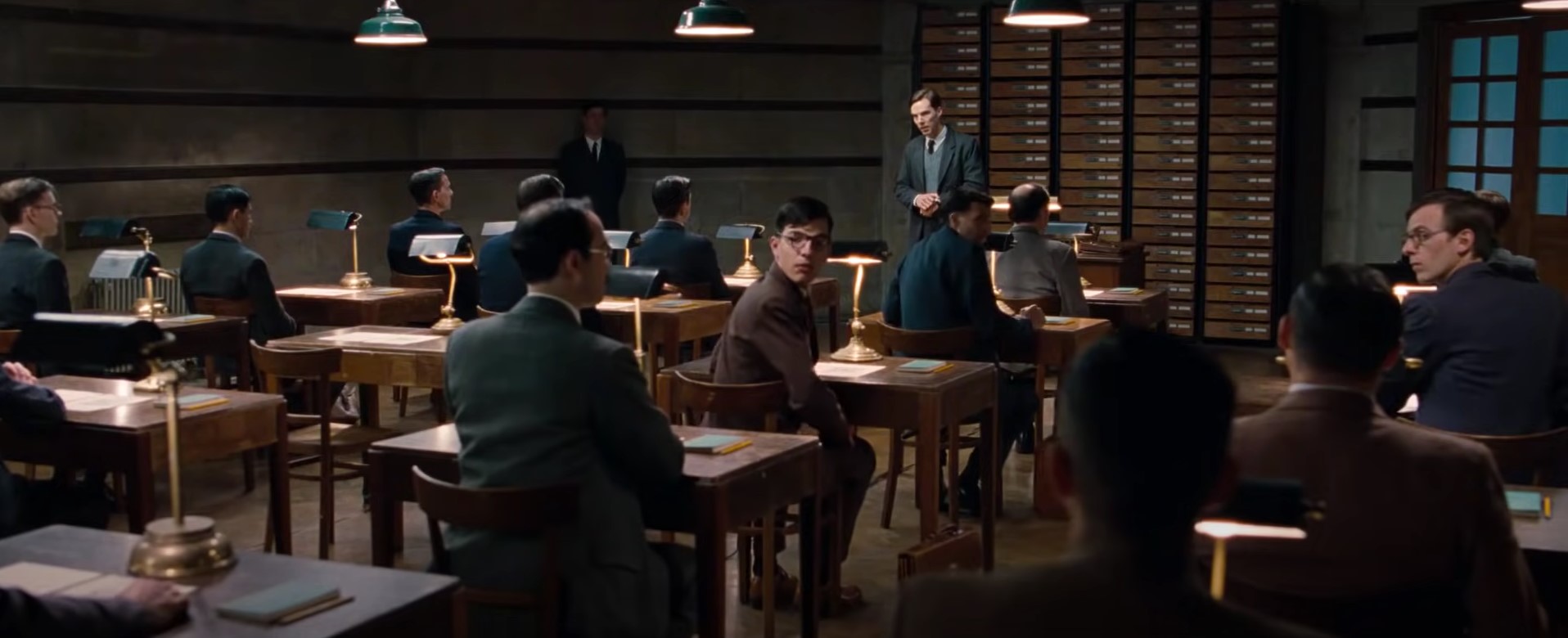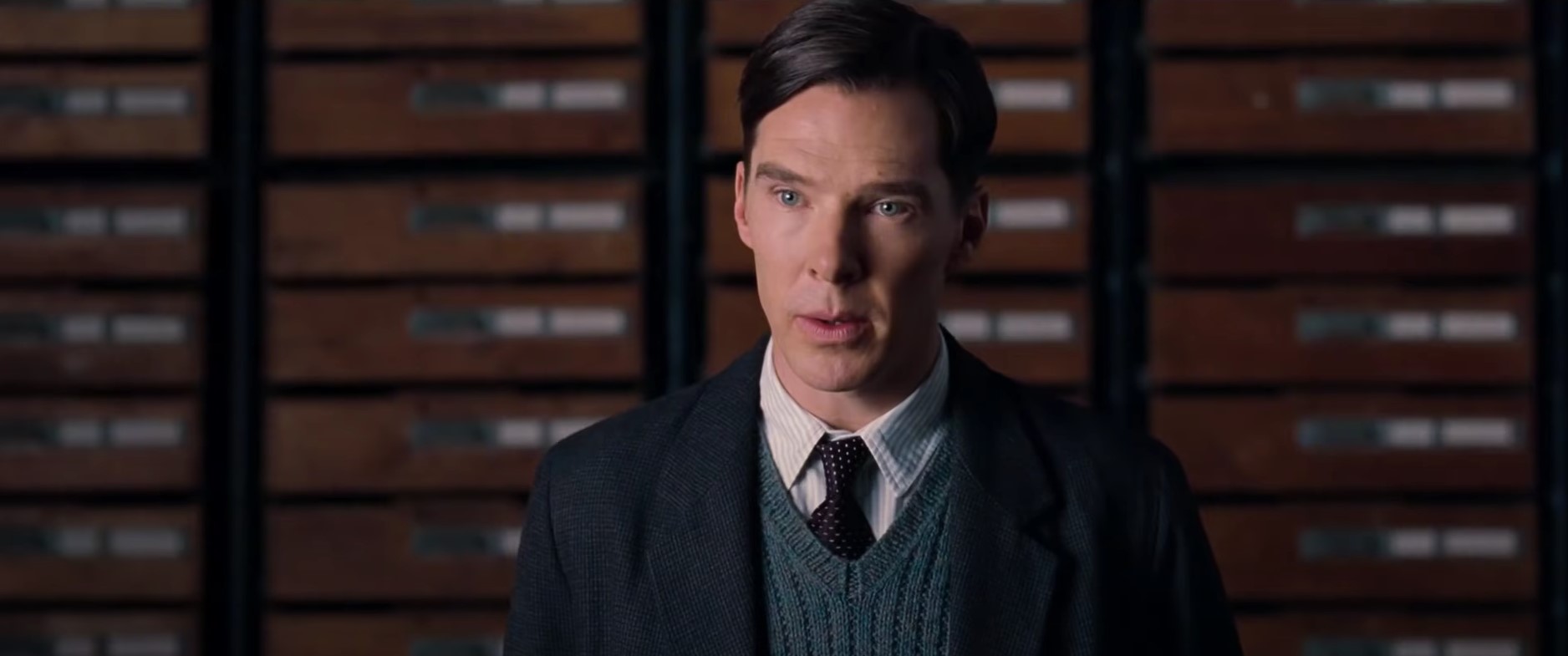Directed by Morten Tyldum, ‘The Imitation Game’ is a period drama film. It revolves around Alan Turing (Benedict Cumberbatch), a prodigious mathematician and cryptographer who becomes involved in the effort to crack the Enigma machine, a cipher device used by Nazi Germany, during World War II. The film begins by depicting a police investigation performed on Turing in 1951 before going back a couple of decades and chronicling his school life and service to the British government as a codebreaker.
The film shows in haunting and heart-breaking detail the discrimination and persecution Turing endures because of his sexual orientation. If the film’s setting and themes have made you wonder whether it is inspired by actual events, here is what you need to know.
Is The Imitation Game Based on a True Story?
‘The Imitation Game’ is partially based on a true story. The film is developed from a screenplay by Graham Moore, which, in turn, is based on the 1983 biographical book by Andrew Hodges titled ‘Alan Turing: The Enigma.’ However, the filmmakers took significant creative liberties during the adaptation process. As a result, historical figures were omitted from the storyline, fictional individuals were added, and sequences of events were altered. Moreover, several aspects of the concerning events were dramatized, and relationship dynamics were changed as well.

The real Alan Turing was indeed a mathematics and cryptography genius and is now widely regarded as a pioneer in computer science. However, the film takes liberties while depicting his work at Bletchley Park, the main hub for Allied codebreaking in the UK during the Second World War. While developing the narrative for the movie, Tyldum and his team forged their own path, which didn’t often align with Hodges’ writing. It seems that they largely kept the basic frameworks of various incidents from Turing’s life and then added fictional elements to them so that they would fit the movie’s overarching plot.
Cumberbatch portrays Turing as a reclusive and stoic individual, although Hodges’ biography paints him as a man with a sharp sense of humor. He also was quite popular during his academic years. Turing was undoubtedly shy and eccentric, but he was reportedly not the narcissist the film portrays him to be. Turing was indeed gay and much more candid about his sexuality than the movie insinuates. Hodges even wrote about how Turing approached other men — albeit often unsuccessfully — with romantic propositions.
One thing that the film does get right is Turing’s brilliance. In 1935, when he was 22 years old, he became a Fellow of King’s College Cambridge. In early 1937, he put out his seminal paper, ‘On Computable Numbers, with an Application to the Entscheidungsproblem.’ He was mentored by renowned mathematician and logician Alonzo Church at Princeton University, from where he received his Ph.D. in June 1938.
After returning to the UK, Turing became involved with the codebreaking group at Bletchley Park. ‘The Imitation Game’ exaggerates his contributions by claiming that he developed the codebreaking machine (which he names “Christopher” after his romantic interest from boarding school days) by himself. In reality, Turing and the British team designed the Bombe (the real name of the machine) after the Polish bomba, built by cryptologist Marian Rejewski. Turing did come up with the initial design of the Bombe, but it was modified by mathematician Gordon Welchman, who doesn’t appear in the movie.

The filmmakers approached the supporting characters in virtually the same way. Commander Denniston (Charles Dance) was not as antagonistic toward Turing as the film depicts. After the film’s release, Denniston’s family publicly voiced their disappointment with the depiction. The same can be said about the dichotomy between Turing and his colleague Hugh Alexander (Matthew Goode). Christopher Morcom was real, and he really died of bovine tuberculosis. But Turing’s own writings seem to suggest that his romantic affection wasn’t reciprocated, unlike what is shown in the movie.
As for Joan Clarke (Keira Knightley), she wasn’t really chosen through a crossword puzzle competition. It was Welchman who first realized her potential and brought her to Bletchley Park in 1939. Hodges criticized the movie for the depiction of the relationship between Clarke and Turing, stating ‘The Imitation Game “built up the relationship with Joan much more than it actually was.”
Stewart Menzies (Mark Strong) and John Cairncross (Allen Leech) were really the Chief of British Secret Service and a Russian double agent, respectively, but neither likely knew Turing that well. Detective Robert Nock (Rory Kinnear), the police officer who questions Turing, is fictional.
The film correctly depicts that Turing was put through estrogenic treatment (also known as chemical castration) after being convicted of “gross indecency” in 1952. On June 7, 1954, he died of cyanide poisoning at age 41. His death was ruled as a case of suicide. However, various academics have since come to question the conclusion. Evidently, ‘The Imitation Game’ takes much freedom in depicting historical events, but it is ultimately based on the life of the legendary Alan Turing.
Read More: Movies Like The Imitation Game


You must be logged in to post a comment.